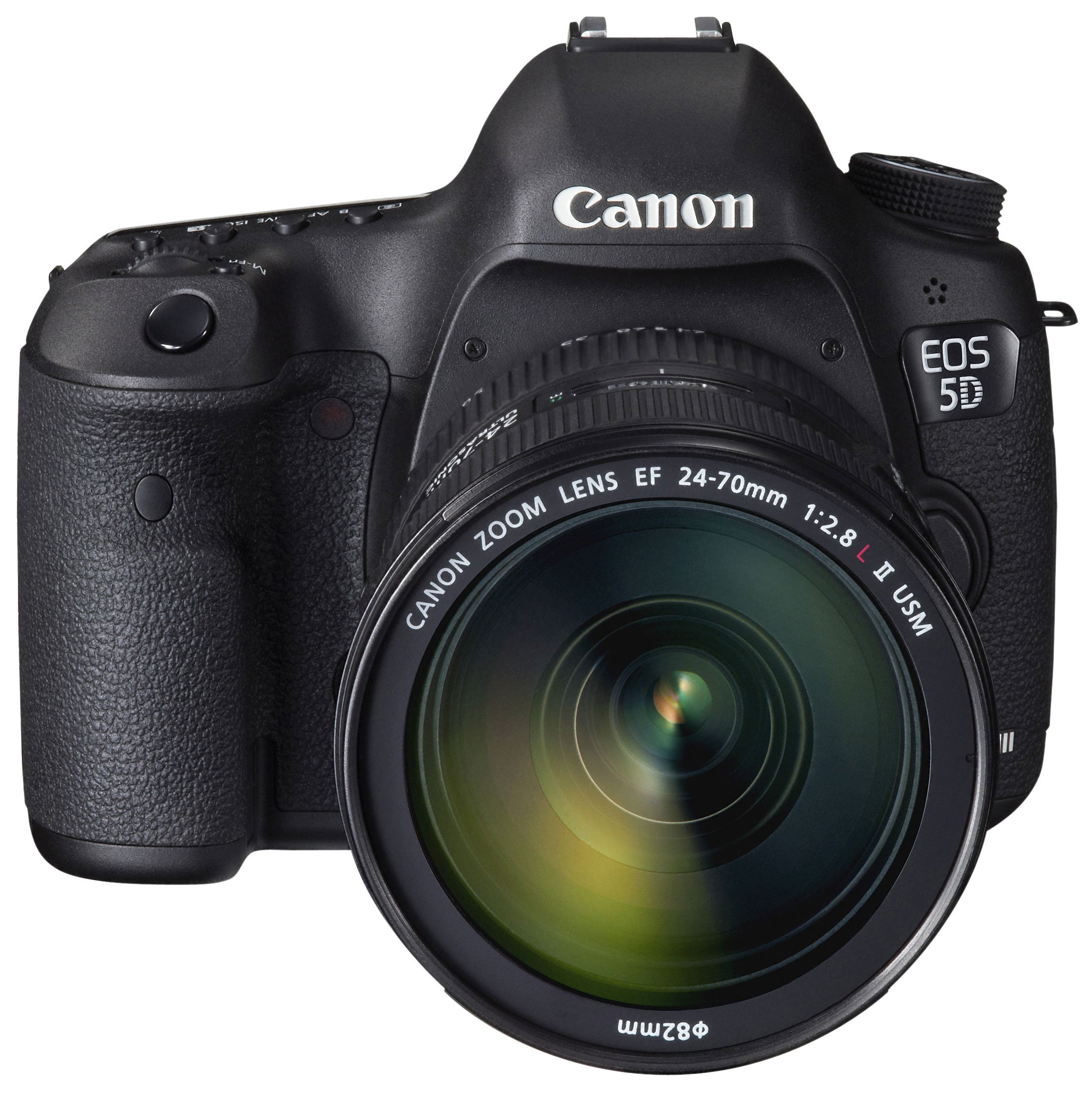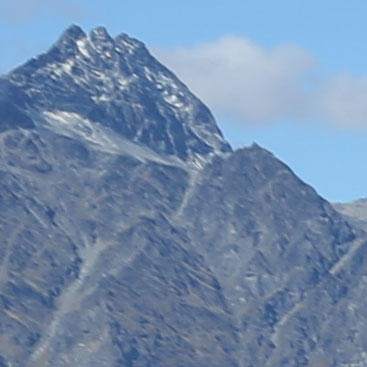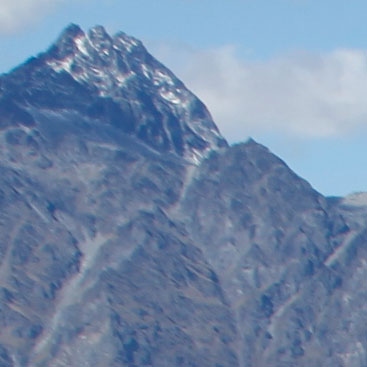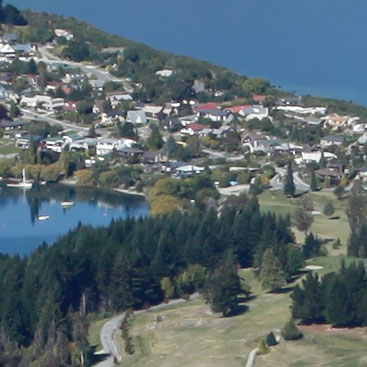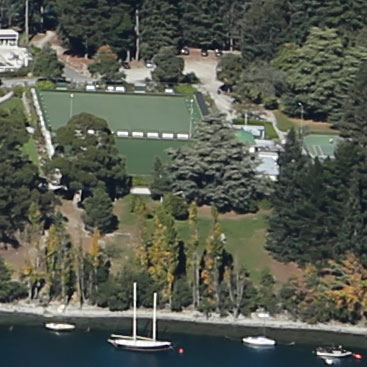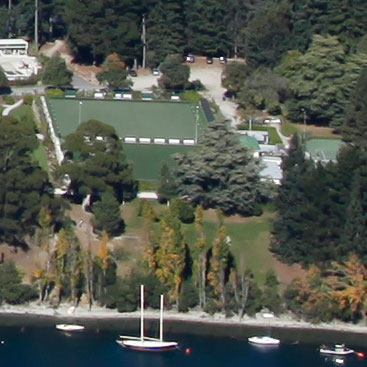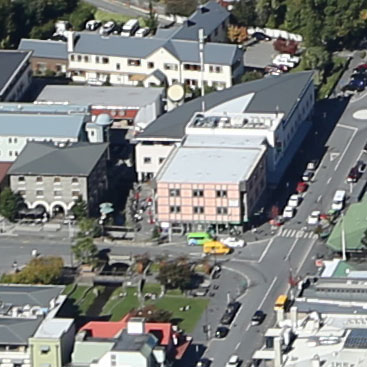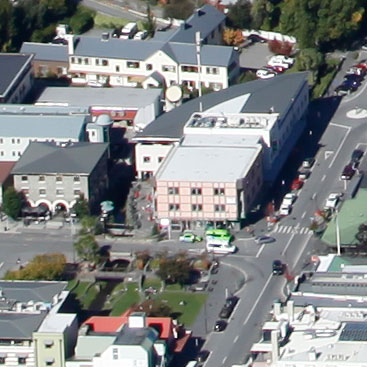(RAW results to follow)| To compare real-life quality I shot this scene with the Canon EOS 5D Mark III and the EOS 5D Mark II within a few moments of each other using their best quality JPEG settings.Both cameras were fitted with the same Canon EF 24-105mm f4L IS USM lens with stabilisation disabled and the aperture set to f8. Both were using their Standard picture styles and White Balance was set to Daylight. Auto Lighting Optimiser was set to standard. I shot this sequence in RAW+JPEG mode and will provide RAW comparisons once the most common processing applications are fully updated and delivering satisfactory results. | |
The image above right was taken with the Canon EOS 5D Mark III with the EF 24-105mm f4L IS USM lens set to 35mm and the aperture set to f8 in Aperture Priority mode. At its base sensitivity of 100 ISO, the Mark III metered an exposure of 1/320 for this composition. The earlier Mark II metered an identical exposure. In terms of resolution, there’s only just over one Megapixel between the Mark II and Mark III, but there is three and a half years between the cameras during which time technology and processing styles have moved-on. The first difference to note in the crops below concerns lens correction. Both cameras were fitted with the same lens at the same focal length and aperture, and both focused on the same point on the image. You will however note the image from the Mark III is lacking the coloured fringing of the Mark II, seen most obviously on the ridge of the mountain. At last Canon is implementing in-camera correction of coloured fringing for JPEGs on the Mark III, something Nikon has been offering for years. Unlike Nikon though, this is an option you can choose to enable or disable. Look at all the crops though and a more obvious difference becomes quite apparent: a strikingly different processing strategy when both cameras apply their default Standard Picture Style. The new Mark III is applying much more contrast and sharpening by default for a punchier-looking image out-of-the-camera. This is in line with the style of other recent Canon DSLRs. While this can deliver pleasing results for subjects which occupy a large portion of the frame, smaller details such as those on the foliage and buildings in this particular test shot can become a little unrealistic-looking, at least to my eyes anyway. Alongside the Mark II crops can’t help but look a little soft, but they’re arguably more natural-looking. So a tough one to call on this first results page. There’s certainly nothing in it in terms of real-life detail and resolution. The real difference between the Mark III and its predecessor at their base sensitivities is about comparing processing styles. The Mark III is undoubtedly punchier by default and enjoys the benefit of in-camera correction of coloured fringing, but many will prefer the more natural, less cooked style of the Mark II. Certainly if you’re a Mark II owner who mostly shoots stills at low ISOs, I see no reason to upgrade to the Mark III. Of course this is just an out-of-camera JPEG comparison at 100 ISO using the defaults. I shot this scene in RAW+JPEG and once the RAW converters have been properly updated for the Mark III and D800, I’ll process the files and see if I can improve the output from all the cameras on test here. This is also the first of many results pages here, so to see how the Mark III compares against the highest resolution APS-C model at the time of writing, check out my Canon 5D3 vs Sony NEX-7 quality results. Or maybe you’re ready to see how the big rivals compare in my Canon 5D3 vs Nikon D800 quality results. Alternatively if you’d like to see how the Mark III performs at higher sensitivities, check out my Canon 5D3 noise results. As always, I also have a selection of original files you can download in my Canon 5D3 sample images gallery. | 